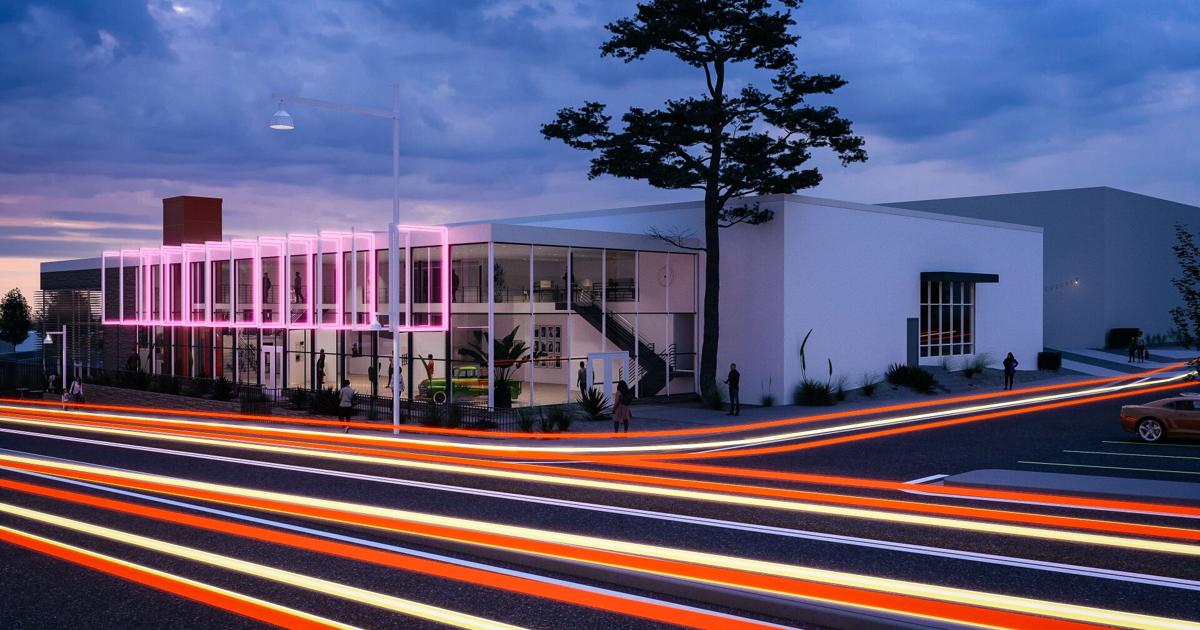Vision for the Route 66 National Research Center
Mark Baker, an architect and entrepreneur from Albuquerque, has ambitious plans—turning Route 66 into a center for research and innovation. His new initiative, the Route 66 National Research Center, is not merely a tribute to yesteryear; it aims to safeguard history while propelling future progress.
The goal? A state-of-the-art facility that will act as a think tank for examining the cultural, economic, and architectural importance of the iconic highway. Baker imagines a venue where researchers, historians, and urban planners can unite to assess the effects of Route 66 on American infrastructure and design. Picture it as a crossroads for enthusiasts of history and innovative thinkers.
Let’s face it—Route 66 is more than a mere road; it represents an icon. From neon-lit motels to vintage diners, it serves as a living archive of architectural change. Baker aims to make sure this heritage endures against the passage of time (and construction). The research center will document and evaluate the road’s impact while brainstorming strategies to rejuvenate and repurpose its historic sites.
For architects, this initiative is a treasure trove of inspiration. It focuses on adaptive reuse, sustainable preservation, and honoring the essence of a place. And if there’s anything Australians love, it’s a great road trip—who wouldn’t want to witness Route 66 flourishing for future generations?
Federal support and university collaboration
Supporting such a vision requires more than excitement—it demands substantial backing. Enter the federal government and the University of New Mexico, both lending their support to Baker’s Route 66 National Research Center. With federal funding in place, this initiative is not just a fantasy; it possesses the financial strength to create a genuine impact.
The collaboration with the University of New Mexico is transformative. The university will be instrumental in research, offering academic resources and expertise to establish the center as a premier authority on Route 66’s architectural and cultural relevance. This ensures that students, scholars, and industry professionals will have a dedicated space to investigate, innovate, and work together on preserving and revitalizing the historic highway.
Additionally, let’s highlight the economic uplift. Federal investment in heritage initiatives like this one transcends mere nostalgia—it’s about intelligent urban planning and sustainable tourism. Revitalizing Route 66 could usher in new opportunities for local businesses, job creation, and a reinvigorated sense of identity for communities along the route. It’s the kind of venture that checks all the boxes: history, design, and economic advancement.
For architects, this partnership is particularly thrilling. It’s an uncommon opportunity to merge historic preservation with contemporary urban strategies, demonstrating that old buildings don’t need to be relegated to museums—they can be envisioned for the future. And if there’s one thing Australians understand, it’s that a touch of creativity can greatly aid in keeping history vibrant while adapting it for the present day.
